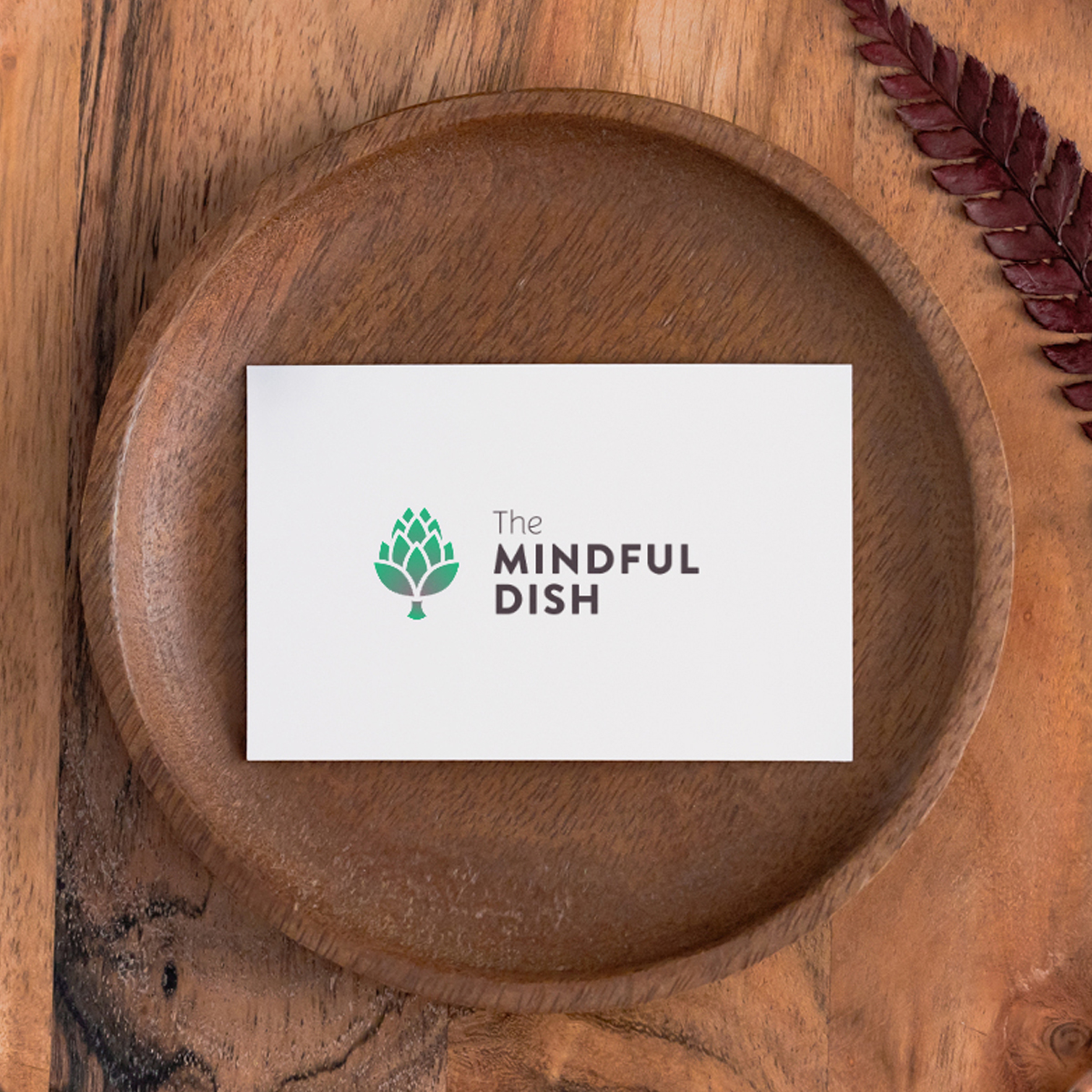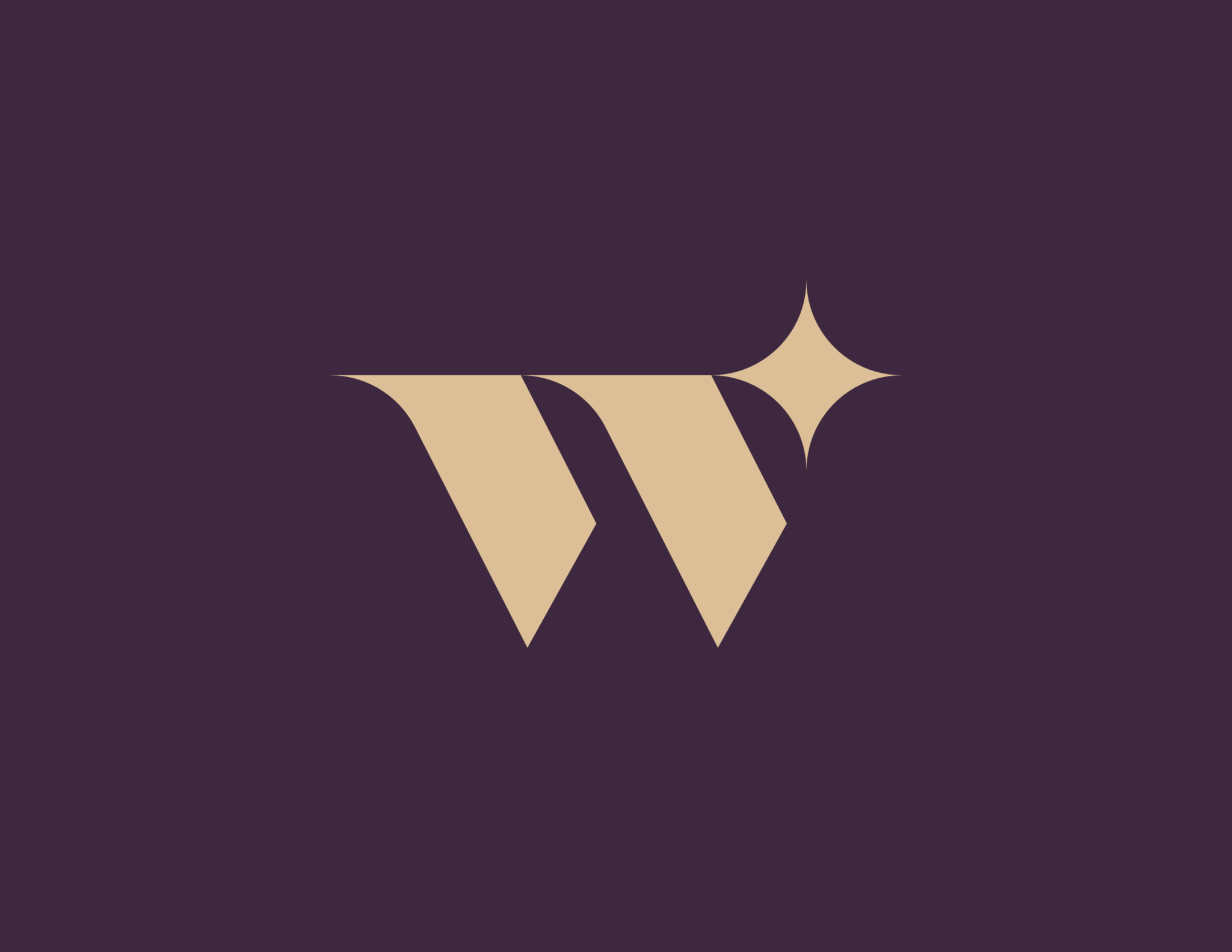We’re excited to introduce you to the always interesting and insightful Shane Romeo. We hope you’ll enjoy our conversation with Shane below.
Shane, thanks for taking the time to share your stories with us today Can you open up about a risk you’ve taken – what it was like taking that risk, why you took the risk and how it turned out?
Although it may not sound like much of a risk, stepping into an agency I was interested in joining and just introducing myself would start a ripple effect that still impacts how I work today. I’ll explain.
Early in 2024, I was not in a great place at work. Leadership was demanding the entire workforce return to the office after promising that remote work was the company’s future. This shift caused a wave of employee attrition and cast a dark cloud over those who stayed.
Over the next 6 months, I sent out hundreds of job applications. And I don’t mean mindlessly filled-out forms, I mean rewritten cover letters and resumes that aligned with the keywords for each job posting in an effort to push my name through AI filters, recruiters, and finally into the inbox of a creative director.
And not a single one made it. Or at least nobody called me.
If you browse any design forums online, this is the new normal. Online education, web-based design tools, and the use of AI has created an environment where anyone can be a graphic designer. Design job postings on LinkedIn and Indeed frequently receive hundreds of applicants within minutes, so how do you stand out?
After months of frustration, I heard from a friend about a little ad agency in Philadelphia that was looking for a fully remote junior art director. The title was a step down, but I felt like I had at least a shadow of a foot in the door. I submitted an application, name-dropping my friend, and begrudgingly commuted to work.
I had a 1:1 planned with my manager that day and rehearsed my speech about how RTO wasn’t working for me. I got my coffee, set up my laptop in my cubicle, and went off to talk to my manager. He was working from home that day. As was his manager. I got back to my desk, packed up my bag, and left in a huff.
My mind was racing. I couldn’t sit still on the train as I argued with myself, shaking my head. “I should just quit. Screw it.” As I spiraled, I realized the train was lurching nearer-and-nearer to the ad agency I had submitted an application to. As the doors opened at 9th & Locust Street, I hustled off the train and up the stairs onto the street, not overthinking.
I rehearsed a different speech in my head, one I was excited about. One that I hadn’t really ever had before. Thinking back on my employment history, I hadn’t really had a lot of interviews that didn’t pan out. I did some design work for family members during college summer breaks. After junior year, I landed an internship at a design agency. A few weeks into it, they committed to hiring me once I graduated. From there, I got a comfy job in corporate and did odd freelance jobs on the side. I’ve wanted to be a graphic designer since I was 12 years-old, but until now I didn’t really have to fight for it.
After circling the building a few times, not realizing where I was supposed to go due to some sleek, unassuming signage, I stepped through the doors to a quiet, modern office with huge screens above orderly and mostly-empty desk spaces.
“Hi there, I’m Shane Romeo. I submitted a job application yesterday and wanted to be bold and introduce myself in person.” An artsy-looking 20-something stared at me blankly through thick, round glasses. “Uhh, I think you want to talk to Steve.” She pointed me in the direction of the only other person in the office, sitting behind a distant room partition. He came over to greet me when he heard his name and I weirdly introduced myself, saying the same line again. We chuckled and I breathed a sigh of relief. I had already gotten past the hardest part. The part I ran through my head a dozen times since I stepped off the train.
We ended up talking for over an hour about work, about design, about projects we were working on, about the city, about new restaurants. He gave me a tour of the studio and we exchanged cards before I left.
I will never forget the feeling as I walked out of that studio. As an introverted graphic designer most comfortable working quietly behind a screen, this was the biggest risk I had taken in a while. And it panned out. I didn’t get yelled at or kicked out or any other imagined scenario. I also didn’t get the job. But the experience of facing a fear, channeling my frustrations into an opportunity, and not second-guessing myself was worth way more.
Since that day, the past year has been hugely transformative for me. I’ve landed more clients, become more confident and assertive, and built up my little design studio. I think that facing fears is a muscle that can be strengthened; sometimes you just need that initial push.


Shane, love having you share your insights with us. Before we ask you more questions, maybe you can take a moment to introduce yourself to our readers who might have missed our earlier conversations?
My first graphic design job was in the summer of 2007. I was a hot shot high school graduate with hours of experience in Photoshop and my church needed some branding and flyers designed. I sat alone in a room with the most powerful computer I had touched until then and I learned just how busy I could make myself look for 40 hours a week. I ended up creating some stuff the church leadership was happy with before heading off to college. The church has since closed down (it was many years later, relax), but I do look back on that time fondly and a bit guiltily.
After years of full-time design work and freelancing on-and-off, I started Letterbend in 2020. Originally, I wanted to focus on calligraphy and brush lettering, but quickly expanded to include the traditional graphic design offerings I was more well-versed in. Branding, print design like flyers and brochures, and digital stuff like ads and motion graphics.
I started Letterbend as an escape from corporate. My dad had recently started a podcast (The Towncast, check it out) that focused on small businesses and I wanted to feel that same passion his interviewees felt. I casually worked for friends and family, but really started to push in 2024. Things started changing at my 9-5 job, and I needed an outlet.
Good branding has always excited me, and now I get to do it for businesses across the country. When I was younger, I was always mystified by the idea of distilling an entire business into a single mark. It was like magic. But really, it’s a lot of research and time and experimentation. Rarely are there those lightning moments of inspiration, it comes down to just trying and failing and trying again. But as a designer, there’s no greater feeling than seeing a client excited about their brand and the part you got to play in it.
So to answer your question, yeah I really like branding.


How’d you build such a strong reputation within your market?
Research is the most important part of the logo design process. When I’m working on a brand, I surround myself with it. I can’t design without deep knowledge of the client’s field, audience, and competition. They say the customer is always right, and I think this rings especially true in branding. The vast majority of the time, the client already has all the answers, it’s up to me as the designer to translate them and form a cohesive identity. So while I like to think my reputation is built on good design and effective communication, it’s really built on being a good listener.


Where do you think you get most of your clients from?
All of my clients are from word-of-mouth. I think that if you want to grow a design business, you need to be critical and meticulous. Every element in a design must be thoughtful because at some point, you are going to have to explain it. If not to the client, then at least to yourself. At first, I imagined my job would be sitting behind a screen with a constant stream of client requests requiring no interaction. The reality is that my job is half creative, half sales. Maybe even mostly sales, but I think it sharpens you as a designer. A client wants to know that you know what you’re talking about, and equipping yourself with experience and knowledge of their business builds confidence and a better end product.
Contact Info:
- Website: https://letterbend.com/
- Instagram: https://www.instagram.com/letterbend.studio/




